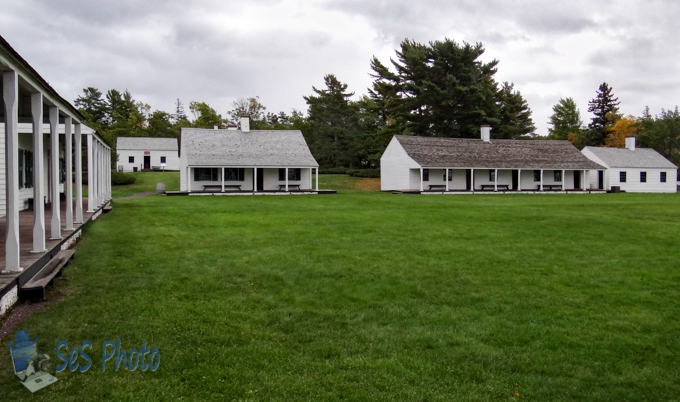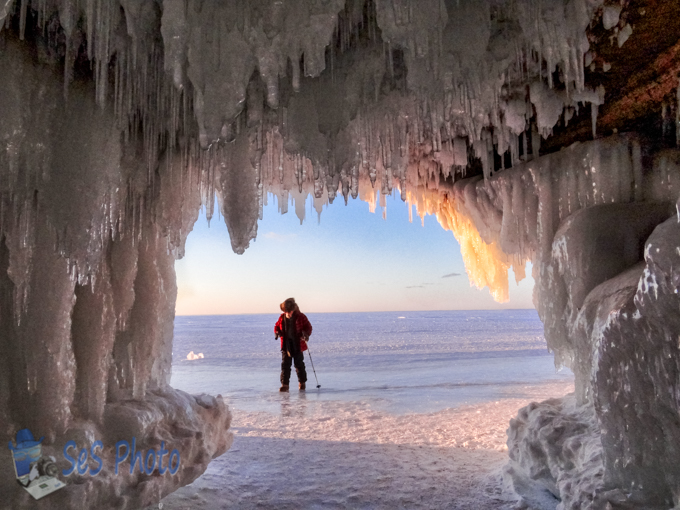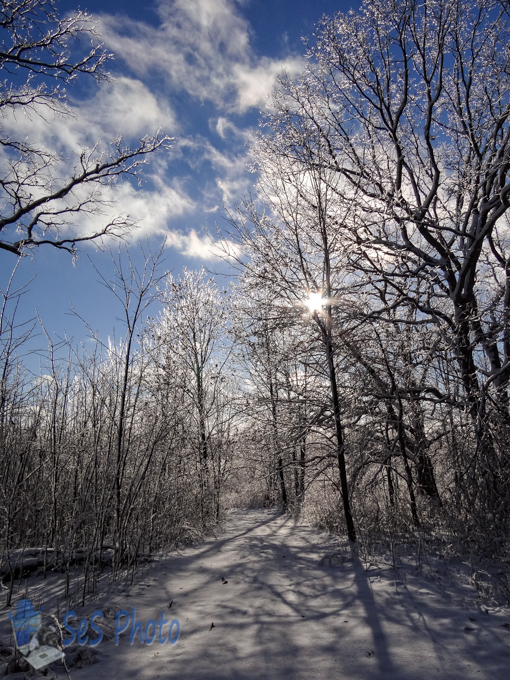With the early 1840s copper rush to the Keweenaw Peninsula, the U.S. government was concerned about possible disorder and violence with miners and the Native Americans so in 1844, Fort Wilkins was established at the direction of Secretary of War William Wilkins. Some of the 27 structures built can be seen in this picture including officers quarters, sulter’s store, hospital, company quarters, kitchen and mess room. The fort proved to be unnecessary as the area remained peaceful and by 1846, the companies stationed there were sent to the Mexican–American War leaving one sergeant at the fort. When the remaining soldier died in 1855, the fort was leased to a doctor who hoped to open a health resort but that plans fell through with his death in 1861. After the American Civil War, the U.S. army reoccupied Fort Wilkins for three years in 1867–1870 as a place for men to serve out the rest of their enlistments from the war. The army permanently abandoned the facility at the end of August 1870.
Fort Wilkins












